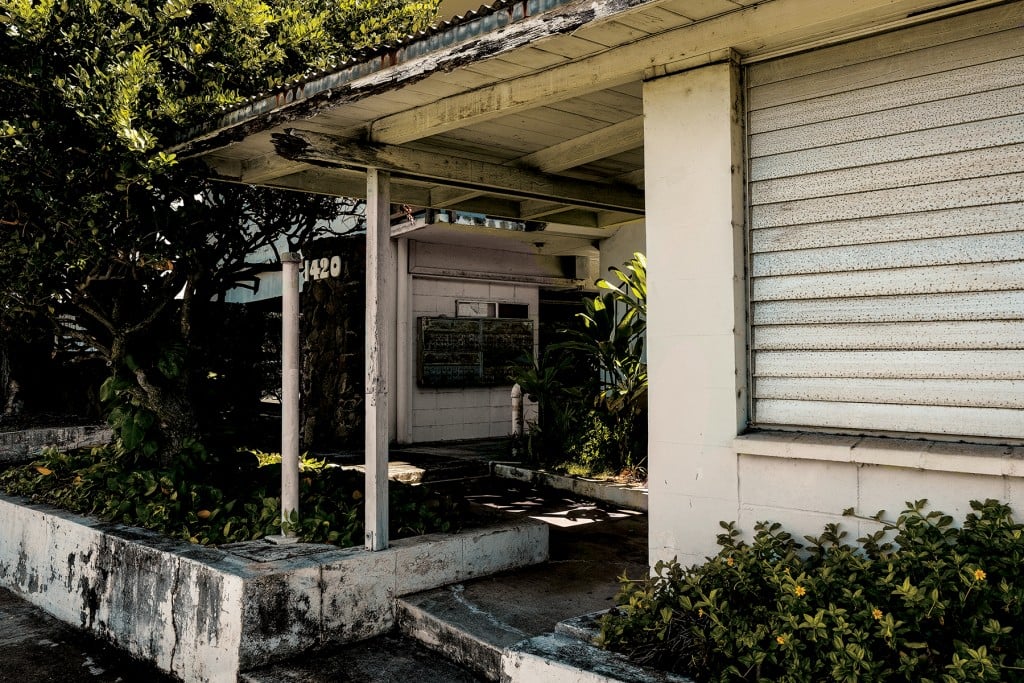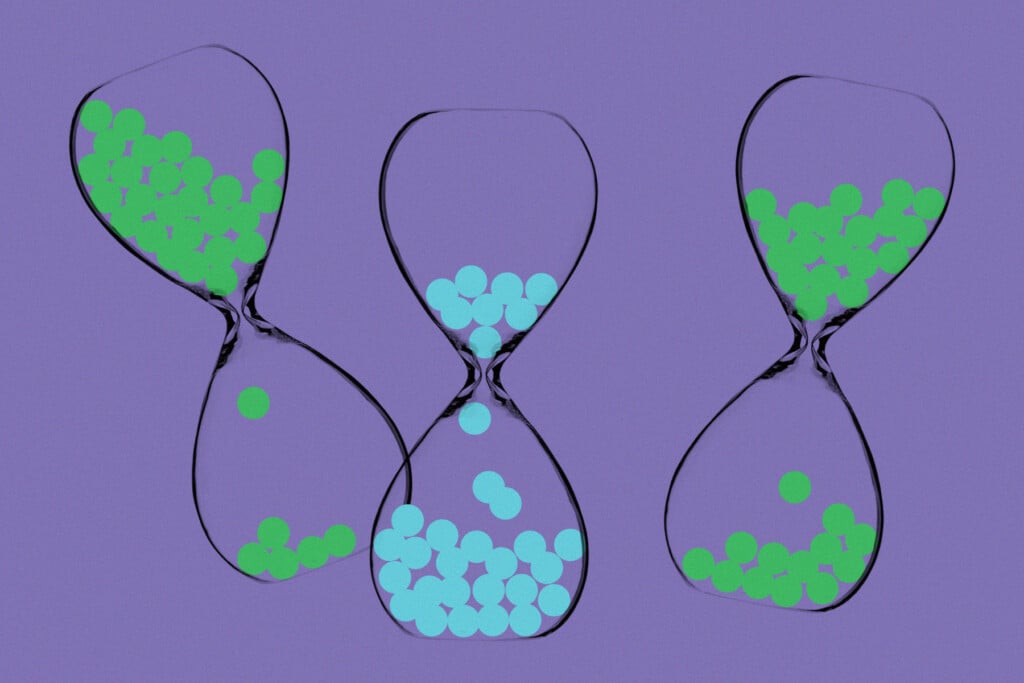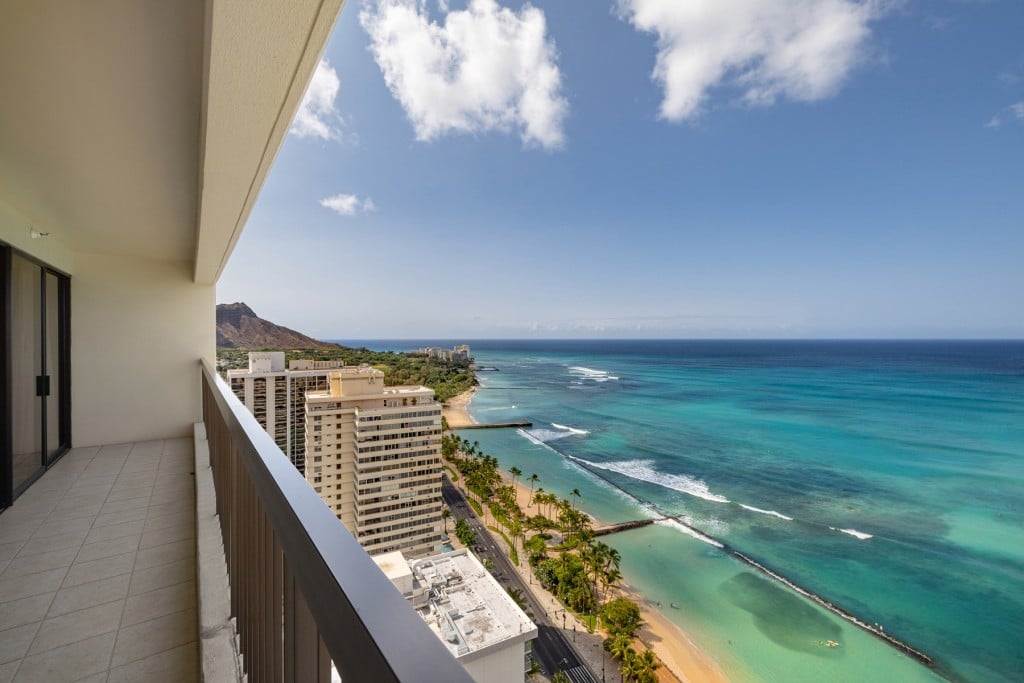Why Condos Need to Plan Ahead for Major Repair Projects
Aging condo buildings need large, complex projects to keep them safe and functional. But many condo associations have not budgeted for these expensive, time-consuming repairs, says Dana Bergeman, CEO of local construction management company Bergeman Group.

This story was updated Sept. 10, 2020, to provide further perspective on planning for repairs.
Bergeman calls the situation “a real crisis.”
Big Picture
The 353-unit 1350 Ala Moana condominium near Pi‘ikoi Street has a pool, grass-covered recreation area, barbecue area, exercise room and vast ocean views. The high-rise, built in 1968, has undergone a lot of work over the years, such as re-piping, spall repairs and renovation of its pool deck.
“We are nearing the end of putting things to right for the next 40-plus-year life cycle,” write the condo board’s president Yvette Rogers, Treasurer Charlie Knight, board member Clifford Mirikitani, GM Ron Komine, Jr., and Property Manager and VP of Touchstone Properties Keven Whalen in an email to Hawaii Business Magazine.
They write that planning far in advance for these projects is key and means that boards of directors need to have strong working knowledge of each building component, the maintenance that is needed, and the weaknesses in the design of the building and its components. Boards also need to make sure they have solid funding plans to pay for the needed capital expenses.
State law requires that associations collect reserves to keep shared building components in safe, functioning and good condition for all current and future owners, says an email from Mike Price, a retired reserve specialist who occasionally does consulting.
“Reserve funding plans are required to collect the cost of future replacements from current and future owners with a fair and stable periodic annual reserve contribution,” he says. “These reserve contributions maintain a reserve fund cash balance to cover current and future major asset replacements without need for special assessments, loans, or deferred replacement compromising safety and services.”
Balancing Act
Condo associations face several challenges when planning for future capital improvement projects.
Reserve contributions are generally part of a condo’s monthly maintenance fees, and it’s a balancing act to keep maintenance fees low and take care of required capital improvement projects, says George Krischke, principal broker at Hawaii Living, a real estate company.
Damian Esparza, principal of Barrera & Co., a reserve studies firm, and founder of SmartProperty, a capital reserve planning platform, says keeping maintenance fees as low as possible creates what he calls “free rent syndrome.” That’s when longtime owners use shared building components for free. Those owners then move out, having never shared in the cost of future repairs – and when the time comes for those repairs, the burden is placed on current owners, even if they just moved in. The cost of future repairs and replacement of shared components in a condo is supposed to be fairly shared by unit owners and paid on an as-you-go basis.
That’s sometimes tough to do when components fail earlier or later than expected. For example, it was previously believed that pipes would last 75 years, so associations typically haven’t set aside money to repipe their buildings sooner, says Sue Savio, president of Insurance Associates, which serves over 1,000 condo associations across the state.
Another challenge is that the cost to replace old building components can only be estimated, and sometimes, new building code requirements can increase a project’s cost. An example is a 2019 law that requires certain Honolulu condos built before 1970 to install fire sprinklers or undergo building and life safety evaluations. This law was passed after four people were killed in the July 2017 fire at the Marco Polo condominium.
Pauli Wong, president of Associa Hawaii, which manages over 400 condo associations across the state, writes in an email that the full effect of the 2019 law is unknown. “Depending on the results, the evaluation may mandate installation of a building fire sprinkler system,” she writes. “Current condo reserve studies probably do not contemplate installation of a mandatory fire sprinkler system.”
Richard Furst is a licensed architect and senior associate at Wiss, Janney, Elstner Associates, Inc. His experience designing and observing repairs to occupied condo buildings includes projects to address repair or replacement of drain and supply pipes, concrete spall repairs, guardrails, windows, sealants, exterior coatings and roofing assemblies. He writes in an email that “it is critically important” that a condo board conduct a buildingwide condition assessment to get an accurate picture of the condition of various building components and systems. This assessment, he writes, should be performed by a qualified consultant, such as an architect or engineer, who has the knowledge and experience to correctly identify problem conditions and provide an accurate estimate of components’ remaining service life and maintenance requirements.
“With specific condition assessment information in hand, the AOAO Board can then work with their consultants to develop a long-term capital asset management plan, which they can use to correctly develop their reserve study and budget forecasts,” he writes. “This leads to proper financial planning for needed improvements over time, helping to avoid the crisis situations that can occur when unplanned repairs are required.”
When condo directors don’t have enough reserves to pay for needed projects, they have three options: Increase monthly maintenance fees, take out a loan or collect a one-time special assessment from unit owners. Several sources say it’s common for Honolulu condos to secure loans to pay for repiping projects. How much a unit owner would owe is based on percent of common interest, or the unit owner’s share of the common elements of the property, which is often proportionate to the square footage of the unit. This generally means that a two-bedroom unit would pay more than a studio.
Wong says that condo boards make their best estimates during annual budgeting and reserve study processes to identify and save for future capital expenses: “More times than not, the association has sufficient reserves to pay for needed capital expenses.”
Not everyone agrees with that statement. Price writes that many buildings in Honolulu have been underfunded for years: “Boards have kicked the can down the road for the next board to remedy.”
Condo associations are required by state law to have enough money in reserve to fund 100% of the projected costs to maintain, repair or replace shared components as they come due each year over a 20-year period, says Jeff Brockman, a reserve analyst at Barrera & Co.
He says many associations lack financial cushions to help them when something unexpected happens. He uses concrete spall as an example: Sometimes it’s hard to tell how bad it is until fixes are underway, so a board might find the cost to repair it is double, triple or quadruple the amount they set aside.
“Then you combine that with the fact that they are funding their reserves at the absolute minimum and they have no cushion,” he says. “So we try to recommend to them that they fund at a higher level, but a lot of associations for whatever reason don’t seem to want to do that.”
Esparza adds that condo associations that are in weak financial shape allocate about 20% of their maintenance fees into reserves. Healthier associations allocate about 30% of their maintenance fees into the reserve fund.
Looking Ahead
Ideally, condo associations should start building their reserve funds early, when the building is new and operating expenses are low, Price writes.
“If the board of directors plans and funds the reserve fund and operating fund to cover all known predictable assets and sets aside cash for the eventual plumbing drain replacement project, they will have a stable fee going forward,” he writes. “Annually as the interest rate of invested cash, inflation rate and other variables change, the contribution rate should see small annual increases.”
Another opportunity to bolster reserves is when the economy is strong. Esparza says many condo associations decreased their reserve contributions during the last recession and never increased them when the economy improved to keep up with the increasing cost of doing business.
“And now we’re stuck in another recession,” he says. “It’s almost like I think it’s going to be even more daunting.”
Price writes that Hawai‘i is in uncharted territory regarding the coronavirus’s impacts. He still sees boards that try to keep maintenance fees low and are not putting enough money aside for future repairs. But adequately funded associations can proceed with repairs and replacements as planned, as those projects will help keep contractors and vendors solvent, and the negotiated contracts will favor lower costs, he writes.
Wong adds that whether the recession caused by the pandemic will impact a condo’s ability to maintain adequate reserves depends on whether owner delinquencies increase and by how much. “So far, we have not seen any short-term issues from the pandemic,” she writes. “Hopefully the pandemic will be over soon so not to affect condos’ financial status.”
Read the other parts to this story:
Part 1: A Condominium Can Last Hundreds of Years, But Not Its Components
Part 3: Advice for Hawaii Condo Owners and Boards






